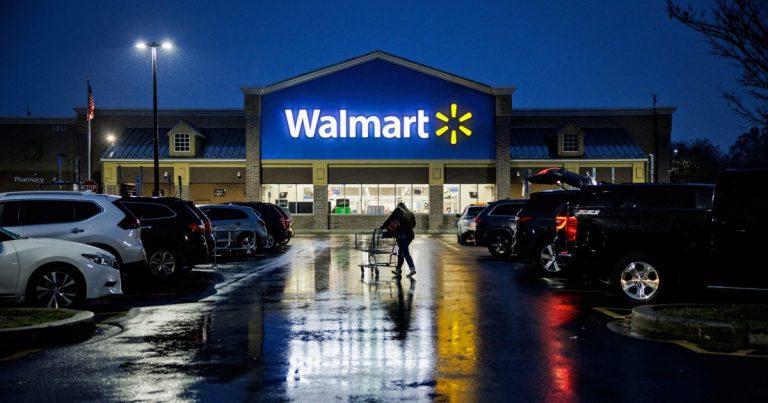WASHINGTON — U.S. households are reducing their savings while increasing their debt. This puts many in an even weaker position to weather an economy downturn that is more likely after recent turmoil within the banking sector.
Fears of a slowing economic recovery were reaffirmed this week by the U.S. regulatory takeover of Silicon Valley Bank. Swiss officials intervened to save Credit Suisse and offered a rescue plan to First Republic Bank.
These events are similar to the 2008 financial crisis. They will likely cause banks to tighten their lending. This could put additional pressure on consumers already stressed. This could cause them to cut back on spending and cause layoffs for companies with declining sales.
Gregory Daco, chief economist of EY-Parthenon, stated that “what we are seeing right now in terms of stress in the banking sector will likely have amplifying consequences on the deterioration household finances.” “We will likely see banks being more cautious with lending, particularly smaller regional banks. This will further exacerbate the softening we are already experiencing.”
Goldman Sachs increased its chances of a recession by 10 points to 35% on Thursday. Other economists are less optimistic that the U.S. can avoid an economic downturn. According to Bloomberg , 60% of those polled by Bloomberg believe there is a chance of a recession.
Consumers have been able to increase their spending for much of the past year as inflation has reached its highest level in decades. The Commerce Department reported that although retail sales were down slightly in February, they were still up 5.4% compared to a year ago.
According to the report by the Bank of America Institute, February spending per household increased 2.7% year-overyear. This “suggests that consumer spending remains resilient even though the rate of spending growth moderates,” said a report last Wednesday.
According to J.P. Morgan’s report, Americans have used about half the savings they had during the pandemic. They went from $2.1 trillion in excess savings due to the influx government stimulus checks to $900 billion during lockdowns.
According to data, the Federal Reserve Bank of St. Louis, this has caused a drop in savings of about half of the people’s income.
The amount of debt Americans have accrued has increased dramatically. According to data of the New York Federal Reserve, credit card balances rose by $61 billion to $986 billion in quarter 2022. This is a sharp turnaround from two years ago, when Americans were paying down their debt with stimulus checks. Auto loan balances increased by $94 billion.
There are indications that consumers are having more difficulty paying off their debt.
According to Bankrate, the percentage of credit card holder who have debts from month to month has risen to 46% from 39% last year. According to Cox Automotive’s report last months, auto loan delinquencies are steadily rising after their lows. The share of auto loans more than 60 days late is at its highest point since 2006.
Investors, economists, and corporate executives are all closely monitoring the Federal Reserve’s interest rate moves next week. Consumers would be more likely to have to borrow money to buy a house or a car or carry credit card balances. Another round of rate hikes will make it more expensive. Businesses will be under pressure to borrow money.
However, with inflation still high (up 6% in Feb from one year ago), some economists believe the Federal Reserve cannot afford to stop raising rates to curb spending.
Economists also pay attention to the job market. This is partly because consumers are continuing to spend.
The Labor Department reported that although job creation was slower in February, it was still strong than expected. 311,000 new jobs were created last week. The unemployment rate rose slightly to 3.6% from the previous year. This is relatively similar to its level over the past year. However, even a slight increase in unemployment could lead to millions of Americans cutting back on spending.
Daco, an economist said that the labor market is “the backbone of consumer spending activity.” “If the labor markets show signs of cooling, moderating or have weakened, it will directly affect household incomes and their ability and desire spend.









